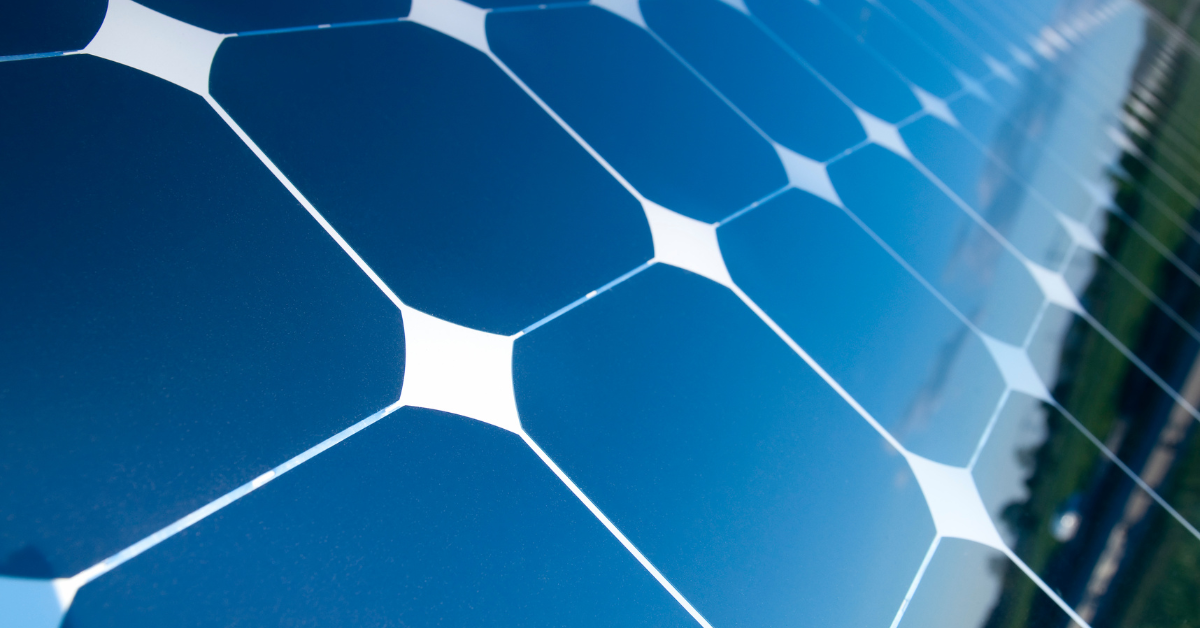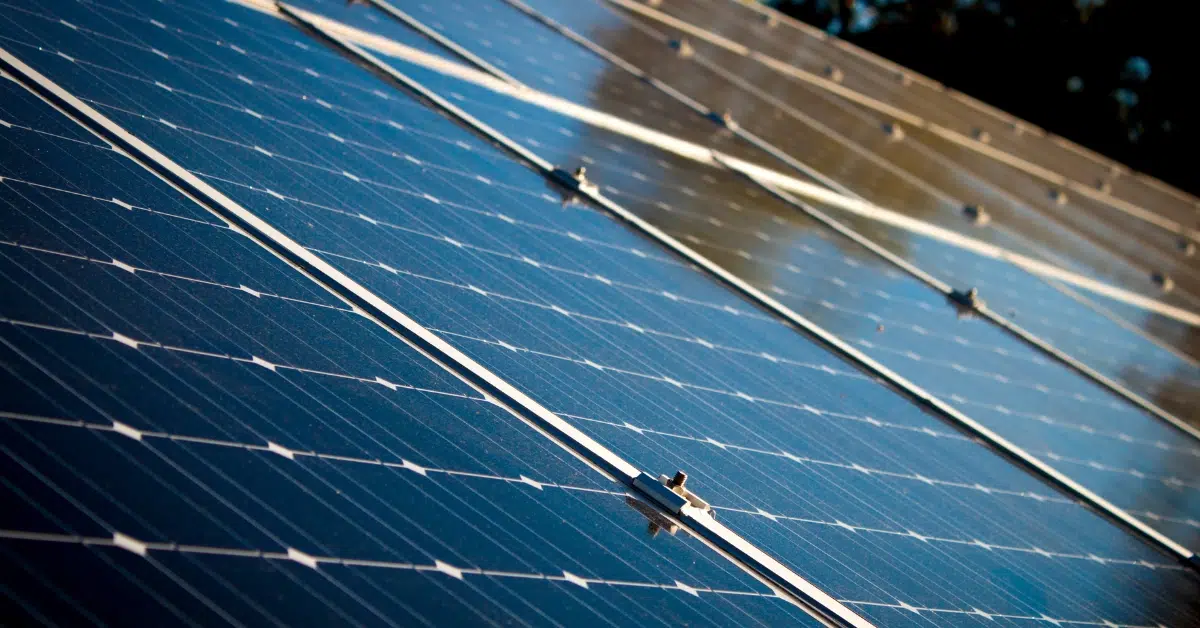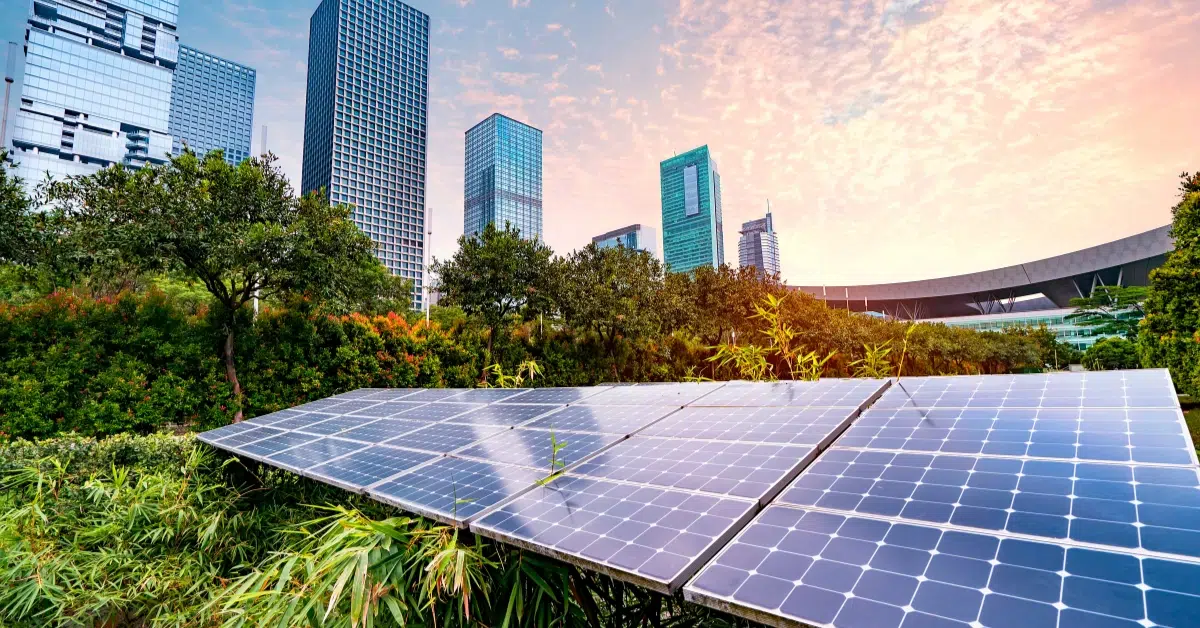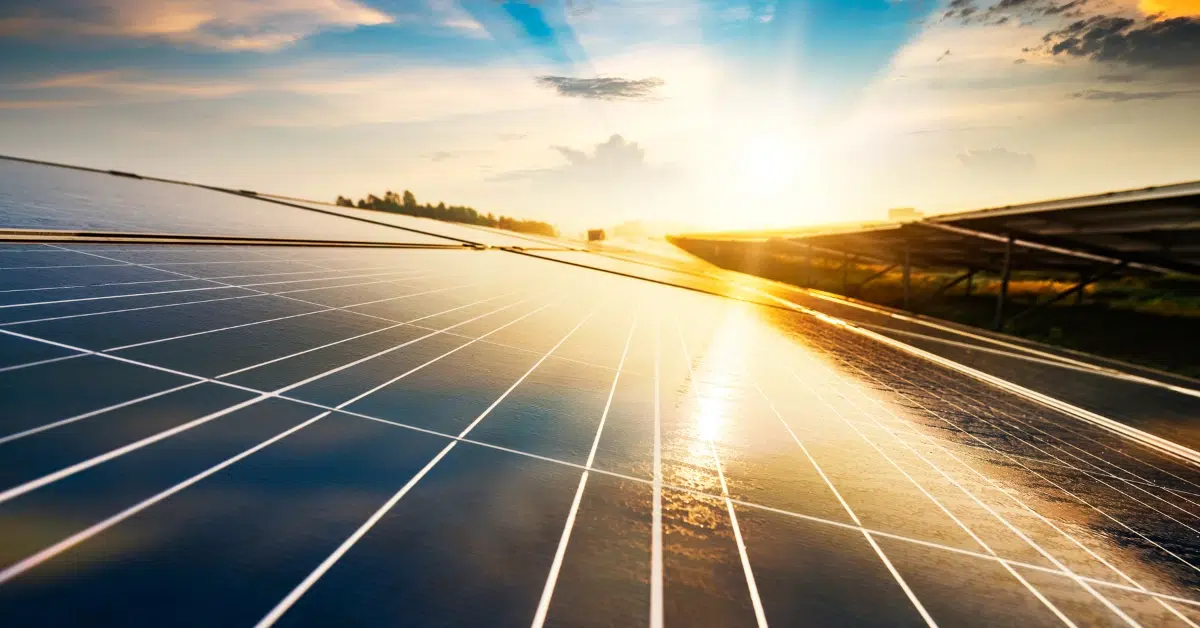When it comes to solar cleaning, ensuring the upkeep of your solar panels is crucial for optimal performance. The accumulation of dirt and dust can significantly impact the efficiency of your solar energy system. In this blog, we aim to educate you on the essential practices and solar cleaning essentials to maximize your panel’s output and longevity.
The Dust and Dirt Effect on Your Solar Energy System
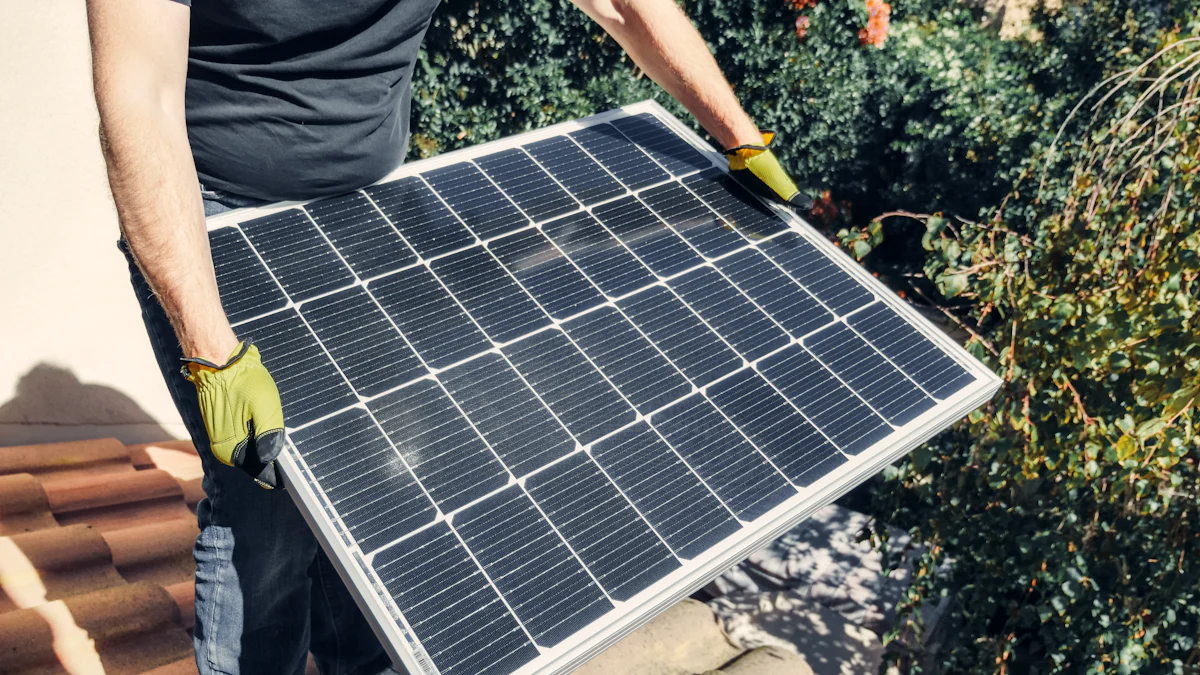
Understanding the impact of dust and dirt on your solar energy system is crucial for maintaining optimal performance. Let’s delve into how these elements can affect your panels.
Understanding Dust Accumulation
When it comes to solar panels, dust doesn’t discriminate; it settles on surfaces indiscriminately, including your solar panels. The accumulation of dust particles on the panel’s surface can create a barrier between sunlight and the photovoltaic cells, hindering energy absorption. As expert Jaszczur M., et al. highlights, factors like wind and rainfall play a significant role in dust buildup on solar panels. This interaction between natural elements underscores the importance of regular cleaning to prevent efficiency loss.
Sources of dust and dirt are varied, ranging from environmental factors to human activities. Pollen, plant debris, industrial emissions, and even bird droppings contribute to the layer of grime on your panels. Each particle adds to the obstruction of sunlight, impacting your system’s overall efficiency.
Understanding Dust Accumulation
Dust accumulation on solar panels is a critical factor affecting their efficiency and energy output. To provide a comprehensive understanding, let’s delve deeper into the types of dust particles and their specific impacts on solar panels.
Different types of dust particles, such as mineral dust, organic matter, and industrial pollutants, have varying effects on solar panels. Mineral dust, often originating from soil and sand, can create a physical barrier on the panel’s surface, reducing light absorption. Organic matter, including pollen and leaf debris, can cause more stubborn and uneven accumulation, which might require more intensive cleaning methods. Industrial pollutants, such as soot and chemical residues, can form a film that not only blocks sunlight but can also chemically interact with the panel’s surface, potentially causing long-term damage.
Real-World Example: In regions like the Middle East, solar panels often face heavy accumulation of desert dust, which can reduce their efficiency by up to 60%. This example illustrates the significant impact of environmental factors on solar energy systems and underscores the importance of regular cleaning and maintenance.
Sources of Dust and Dirt
The accumulation of dust and dirt on solar panels can stem from a variety of sources. Understanding these sources can help in devising effective cleaning strategies and preventive measures.
Environmental Factors:
- Wind and Airborne Particles: Dust carried by the wind from nearby construction sites, agricultural activities, or barren lands.
- Pollutants: Emissions from factories, vehicles, and other industrial activities contribute to the buildup of soot and chemical residues.
- Pollen and Plant Debris: Trees and plants nearby can release pollen, leaves, and small branches that settle on solar panels.
Human Activities:
- Construction Work: Dust and debris from nearby construction projects can significantly increase the rate of accumulation on solar panels.
- Agricultural Activities: Plowing fields and harvesting crops can generate substantial amounts of dust that can be carried by the wind to solar installations.
- Urban Pollution: In cities, the concentration of pollutants from traffic and industrial activities can lead to faster accumulation of dirt on solar panels.
Specific Examples of Pollutants and Dirt:
- Soot from Factories: This type of pollution can form a dark layer over the panels, severely impacting their efficiency.
- Chemical Residues from Agricultural Sprays: These can leave a sticky film that attracts more dust and requires specialized cleaning solutions.
- Mineral Dust from Deserts: Common in arid regions, this dust can be abrasive and may scratch the surface of solar panels if not cleaned properly.
By understanding the diverse sources of dust and dirt, solar panel maintenance can be tailored more effectively, ensuring optimal performance and longevity of the solar energy systems.
Dirty Solar Panels Affect
The consequences of neglecting solar panel cleaning can be detrimental to your energy production capabilities. As noted by the World Academy of Science, Engineering & Technology, dirty solar panels can experience up to a 50% reduction in efficiency compared to clean ones. This decrease directly translates into lower energy output from your system.
Moreover, industry research indicates that dirty solar panels may lose around 20-25% of their energy output due to accumulated dust. This significant drop emphasizes the necessity of regular maintenance practices to ensure peak performance levels for your solar energy system.
Impact on Solar Energy
As you delve deeper into the realm of solar energy, understanding the impact of external factors like dirt and dust becomes paramount. The efficiency of your solar energy system is intricately linked to its cleanliness and maintenance. Let’s explore how these elements influence the performance of your solar panels.
Solar Energy System Efficiency
When dirt finds its way onto your solar panels, it acts as a silent saboteur, gradually diminishing the system’s efficiency over time. Studies have shown that even a seemingly thin layer of dust can lead to a substantial 20% decrease in energy output. This reduction stems from the obstructed sunlight absorption caused by the dirt layer, preventing optimal energy conversion within the photovoltaic cells.
To put this into perspective, imagine a scenario where uncleaned solar panels could potentially lose between 20-50% of their efficiency if left unchecked for an extended period. Lab tests conducted by experts Panat and Varanasi demonstrated a stark reality: dirty panels can lose up to 30% of their energy output within just one month without proper cleaning measures in place.
Provide data on energy loss due to dirty panels:
- Uncleaned solar panels can experience significant efficiency loss.
- Dirty solar panels can lose up to 20-50% of their energy output according to different sources.
Solar Cleaning: Improve Power Systems Performance
Maintaining the cleanliness of your solar panels is not merely about aesthetics but directly impacts the overall performance of your power systems. Regular cleaning routines are essential to ensure that your panels operate at peak efficiency levels consistently.
The design life of solar panels typically ranges from 25 to 30 years, during which they are exposed to various environmental factors leading to efficiency loss. As dirt accumulates on the panel surfaces, it creates a thermal barrier that hinders effective heat dissipation and airflow, further decreasing power output.
Highlight the importance of regular cleaning:
- Dirty solar panels can lose up to 30% of their energy output within just one month without cleaning.
- Solar panels can lose efficiency over time due to degradation caused by exposure to UV rays and adverse weather conditions.
Best Practices for Solar Cleaning based on Data
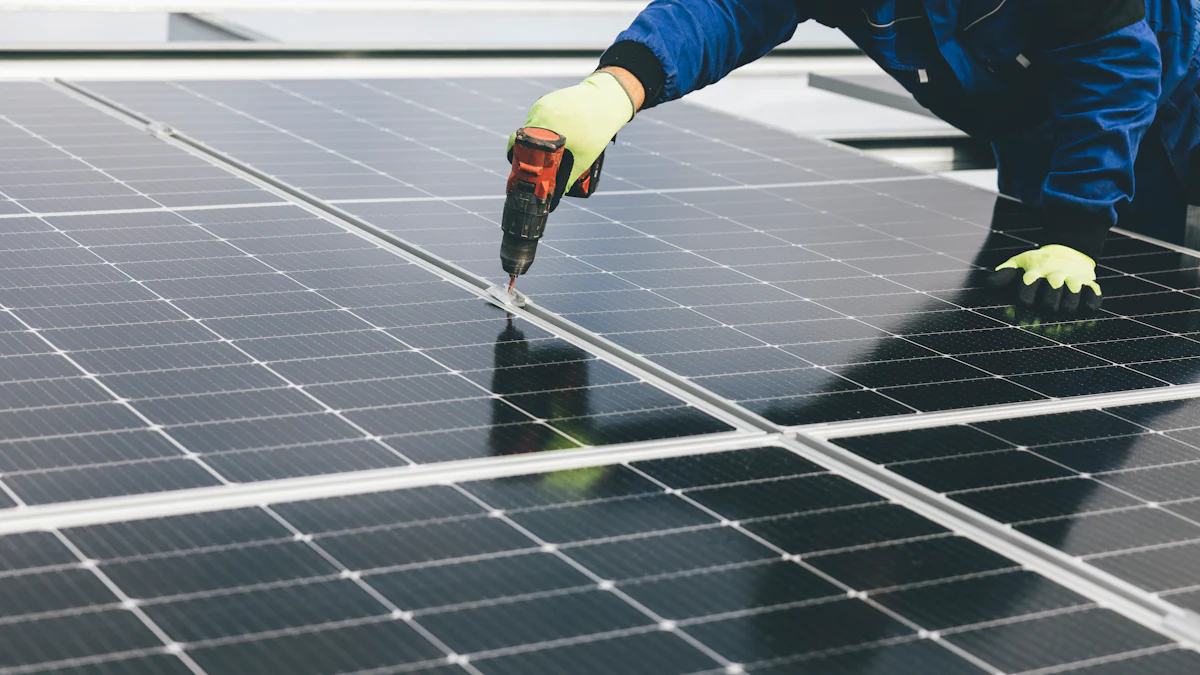
Regular Cleaning Schedule
Maintaining a consistent cleaning schedule is paramount to ensure the optimal performance and longevity of your solar panels. According to the study on Solar Panels Dirt Monitoring and Cleaning for Performance Improvement, integrating smart systems for real-time monitoring and cleaning can significantly enhance the output power of solar panels. To maximize efficiency, it is crucial to determine the optimal frequency of cleaning based on monitored data. Here are some recommended steps for establishing a regular cleaning routine:
- Assess Your Environment: Take into account environmental factors like dust levels, rainfall patterns, and nearby sources of pollution to determine how often your panels require cleaning.
- Set a Cleaning Frequency: Based on the assessment, establish a regular cleaning schedule that balances efficiency with practicality.
- Utilize Smart Systems: Consider implementing smart monitoring systems that can detect dirt conditions in real-time and automate the cleaning process when necessary.
- Monitor Performance: Regularly track the energy output of your solar panels to assess the impact of your cleaning schedule and make adjustments as needed.
Tools and Techniques
Equipping yourself with the right tools and techniques is essential for effective solar panel cleaning. The choice of tools and methods can significantly impact the cleanliness and efficiency of your panels. Drawing from insights in the study on Solar Panels Dirt Monitoring and Cleaning for Performance Improvement, here are some recommended tools and techniques:
Tools Needed:
- Soft-bristled brush or sponge
- Mild detergent or specialized solar panel cleaner
- Squeegee or soft cloth for drying
Cleaning Techniques:
- Gentle Cleaning: Avoid abrasive materials that could scratch or damage the surface of your solar panels.
- Use Proper Solutions: Opt for mild detergents or cleaners specifically designed for solar panels to avoid residue buildup.
- Regular Inspection: Periodically inspect your panels for any signs of damage or malfunction during the cleaning process.
By following these best practices in solar panel maintenance, you can ensure optimal performance, extend the lifespan of your system, and maximize energy production efficiency.
Advanced Techniques to Educate Others on Solar Panels
Transfer Learning Models
In the realm of solar panels, the integration of transfer learning models represents a cutting-edge approach to enhancing cleaning efficiency. These models leverage pre-existing knowledge from one task and apply it to another, allowing for improved accuracy and reduced data requirements in solar panel maintenance. By incorporating transfer learning strategies, such as those explored in the study titled “Transfer learning strategies for solar power forecasting under data scarcity,” significant advancements have been made in addressing dirt accumulation challenges on solar panels.
Introduce the concept of transfer learning models:
Transfer learning models revolutionize traditional cleaning methods by adapting insights from related tasks to optimize panel maintenance. This innovative technique enables more precise dirt detection and removal processes, leading to enhanced overall performance.
Explain how they can be used in solar cleaning:
By implementing transfer learning models, users can benefit from increased efficiency and accuracy in identifying and mitigating dirt accumulation on solar panels. The adaptability and flexibility of these models allow for tailored solutions that cater to specific environmental conditions, ensuring optimal cleanliness levels.
Hyperparameter Tuning
When delving into the intricacies of model training for solar panel maintenance, hyperparameter tuning emerges as a critical aspect influencing system performance. This process involves fine-tuning model parameters to achieve optimal results, enhancing the effectiveness of cleaning algorithms through meticulous adjustments.
Discuss the role of hyperparameter tuning in model training:
Hyperparameter tuning plays a pivotal role in refining cleaning algorithms by optimizing key parameters that govern model behavior. By systematically adjusting these parameters based on empirical data and performance metrics, users can fine-tune their cleaning processes for maximum efficiency.
Provide examples of its application in solar cleaning:
Through meticulous hyperparameter tuning, users can tailor cleaning algorithms to specific panel characteristics and environmental factors, ensuring precise dirt removal and maintenance routines. This personalized approach enhances overall system performance and longevity, showcasing the transformative impact of optimized parameter settings.
In conclusion, the blog has shed light on the critical impact of dirt and dust accumulation on solar panels. Regular cleaning is paramount to maintain peak efficiency levels and extend the lifespan of your system. As Alan M. attests, professional cleaning services can significantly enhance your system’s performance. Remember, as highlighted by another testimonial, neglecting solar panel maintenance can lead to missed opportunities for efficiency gains of up to 30%. Implementing the best practices shared here will not only optimize energy production but also ensure long-term benefits for your solar energy system.

